Industry Case Analysis: Geogrid vs Geotextile Applications in Modern Geosynthetics
Learn how geogrid vs geotextile improves soil reinforcement, drainage, and durability in roads, railways, and construction projects.
Tel: +86-411-39569550 | E-mail: info@geofantex.com/geofantex@gmail.com
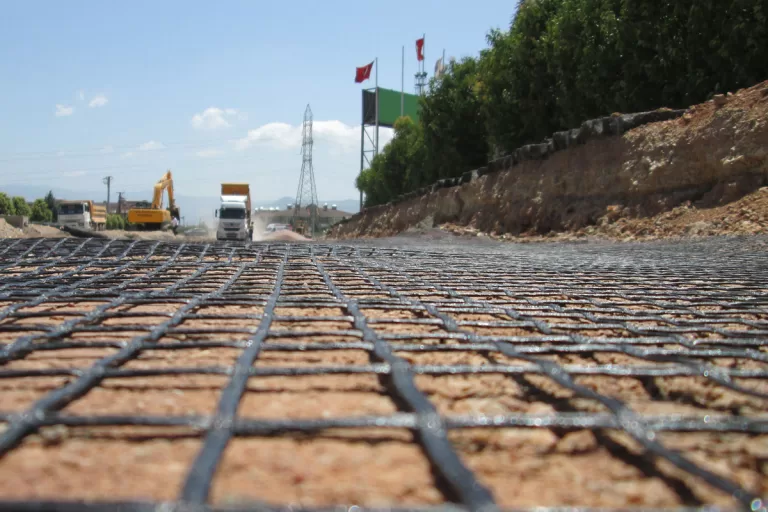
Learn how geogrid vs geotextile improves soil reinforcement, drainage, and durability in roads, railways, and construction projects.
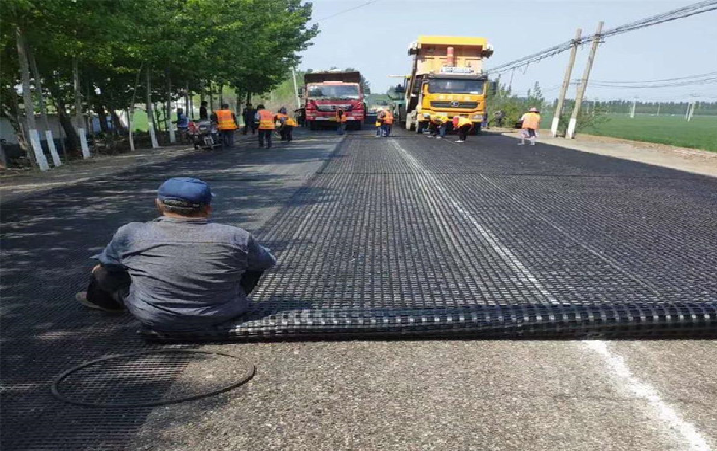
Discover how geogrid rolls enhance soil stability and reduce costs in highways, railways, and construction projects.
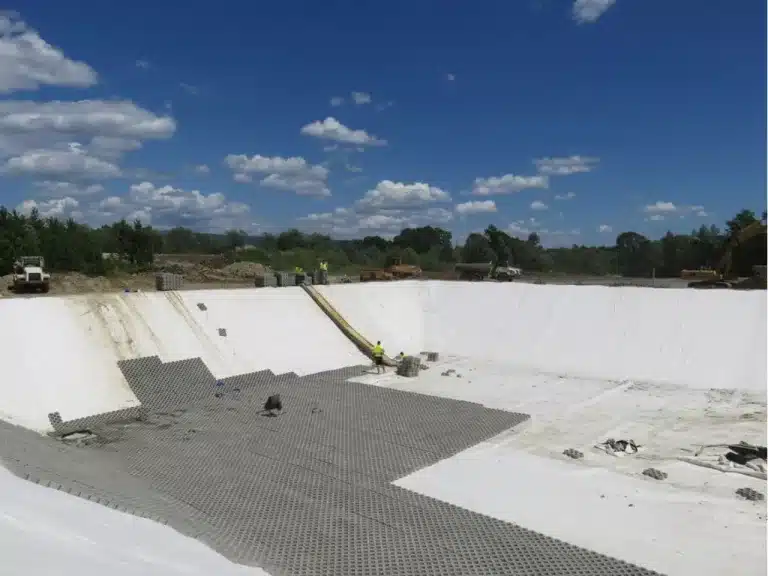
Explore the benefits of geosynthetic clay liner price for durable and cost-effective containment in environmental projects.
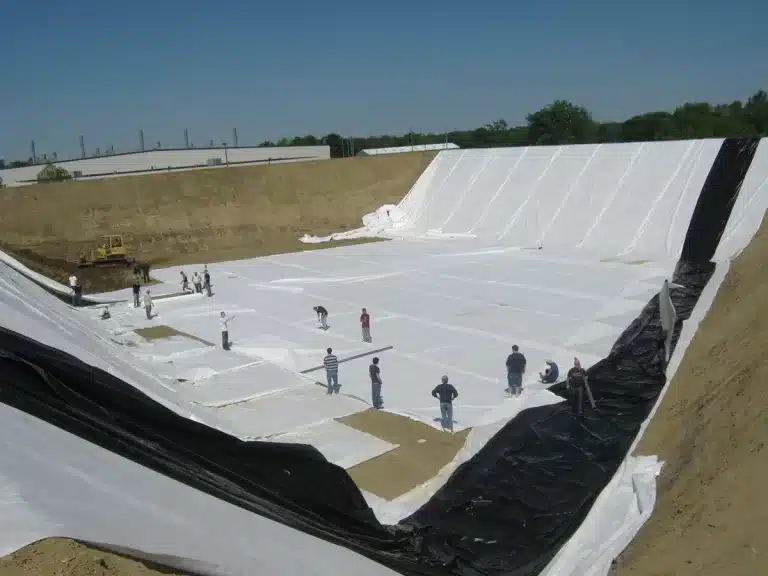
Explore the benefits of a geosynthetic clay liner for landfills and water containment, ensuring durability and environmental safety.
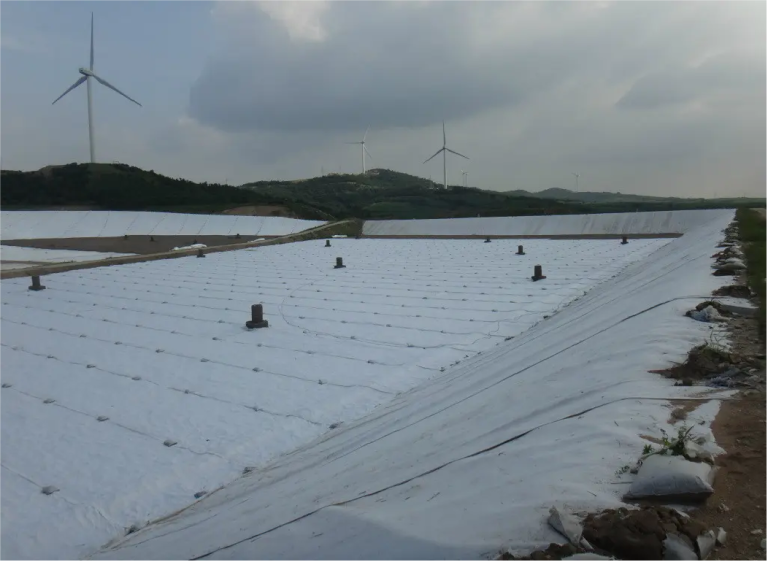
High-quality geotextile non woven fabric reinforces soil, improves drainage, and ensures long-lasting construction.
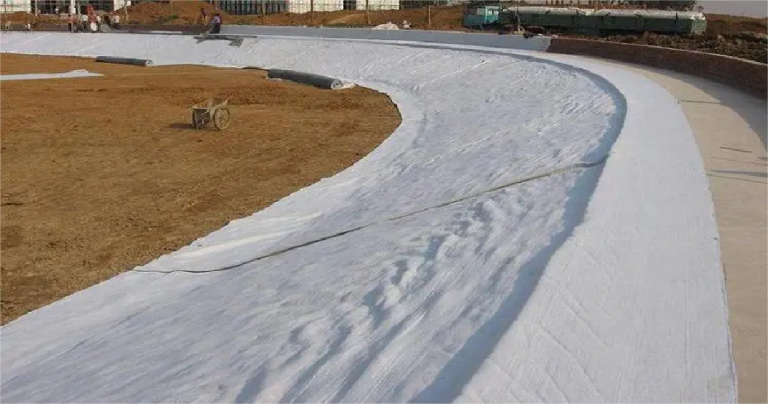
High-quality non-woven geotextile fabric reinforces soil, controls erosion, and ensures durable construction.

Discover how geocomposite drain in geosynthetics solves water drainage, erosion control, and soil stabilization challenges efficiently.

Learn how drainage composite in geosynthetics solves water management, erosion, and soil stabilization challenges efficiently.

Explore how geonets coastal engineering improves drainage and stability in shoreline protection for durable coastal projects.

Understanding geonet water flow direction is key to effective drainage in geosynthetics systems — learn design insights.
End of content
End of content
WhatsApp us